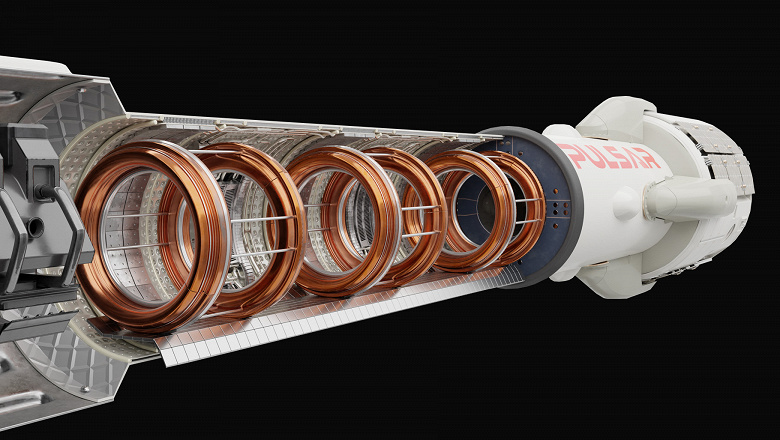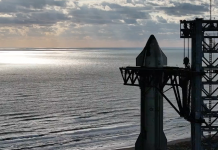He will be able to accelerate the rocket to a speed of more than 800,000 km / h
Pulsar Fusion, based in Bletchley, UK, is building the largest fusion rocket engine in history. The combustion chamber, about 8 meters long, should be ready in 2027.
At the center of a nuclear fusion engine is super-hot plasma trapped within an electromagnetic field, and scientists continue to figure out how to make the system stable and safe.
“The challenge is learning how to contain and hold superhot plasma in an electromagnetic field,” says James Lambert, CFO of Pulsar Fusion. “Plasma behaves like a weather system in terms of being incredibly difficult to predict with conventional methods.”
Machine learning can help predict plasma behavior. Pulsar Fusion is partnering with Princeton Satellite Systems in the US to use supercomputer algorithms to more accurately predict the likely behavior of plasma and how to control it more precisely.

Construction begins on world’s largest fusion rocket engine
If scientists can get everything to work as intended, the chamber will reach a temperature of several hundred million degrees, making it hotter than the Sun. The released excess energy could potentially propel the rocket to speeds in excess of 800,000 km/h.
This is a direct fusion engine in which charged particles create thrust directly, rather than being converted into electricity. It’s more efficient than other options, and because it’s powered by atomic isotopes, it doesn’t need a huge payload of propellant.
“You have to ask yourself, can humanity achieve thermonuclear fusion? Pulsar Fusion CEO Richard Dinan said. “If we can’t, then it doesn’t matter. If we can—and we can—then fusion propulsion is entirely inevitable. It is insurmountable for the human evolution of the cosmos.”
Nuclear fusion will not only make travel to the planets much faster, but it also promises to provide nearly unlimited clean energy for life on Earth.
However, scientists believe that the operation of such a system should first be tested in space, where the absence of any atmosphere and ultra-low temperatures are more favorable for the reaction.




